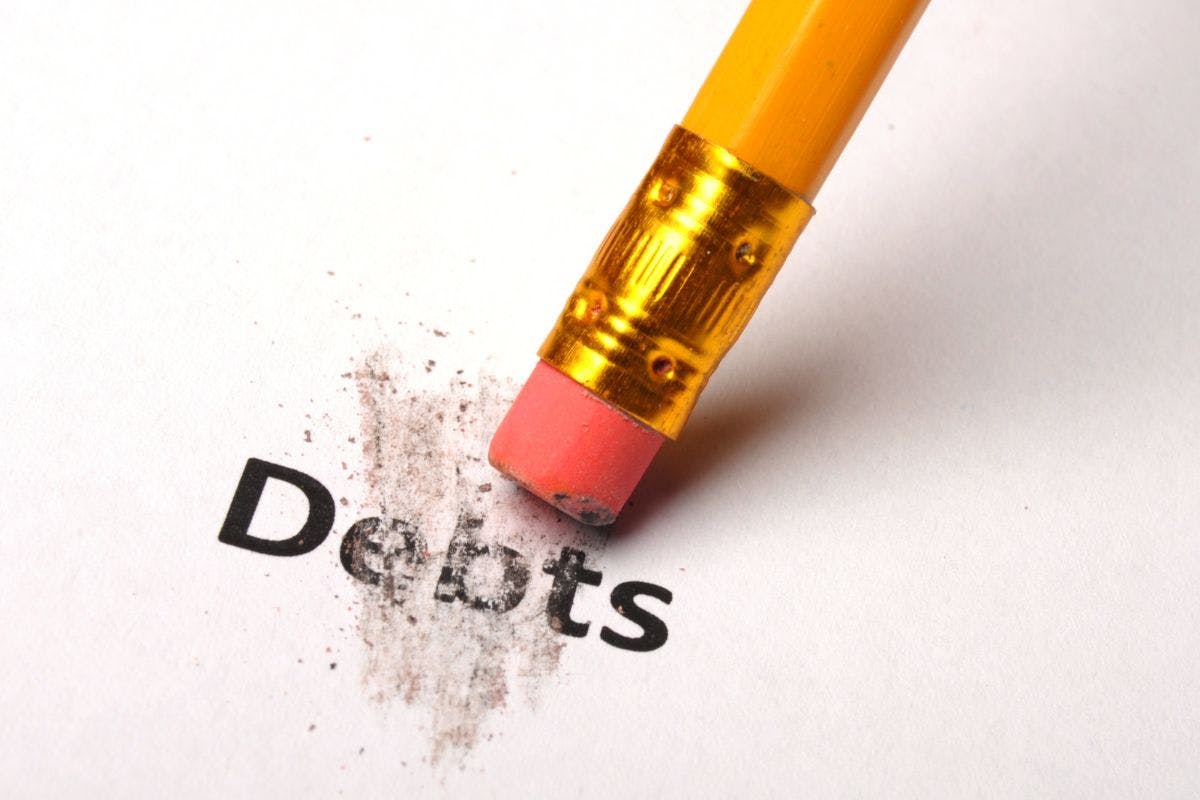Can Canadians Expect a Debt Jubilee in the Foreseeable Future?
By Arthur Dubois | Published on 04 Dec 2022

A debt jubilee is a type of large-scale debt forgiveness program. Will Canadians get one? Over the last 20 years, Canadians have gradually accumulated more and more debt. With some of the highest debt-to-GDP ratios among developed countries, the average Canadian consumer carries $1.77 in debts owed for every $1 they earn, as of the third quarter of 2021.
This accumulation of debt tends to have a debilitating effect on economic growth as it reduces the disposable income of consumers, which then brings down purchasing power. As a result, some economists are now calling for a ‘debt jubilee,’ which is a debt forgiveness program executed on a large scale by either the government or a private lender.
History of debt jubilees
The concept of a debt jubilee has its roots in medieval history. At the time, farmers would borrow money to cover the purchase of raw materials, fertilizers, and equipment they needed to grow their crops. When harvest season occurred, these debts would then be repaid and the cycle would start again the next year.
However, there was the possibility that the harvest season would be underwhelming. When this happened, the farmers would lose their land and potentially even be forced into slavery if the land wasn’t sufficient to cover the debts owed.
As this occurrence repeated, wealth was gradually transferred into the hands of a select few wealthy individuals who then grew powerful enough to overthrow the ruler. As a result, kings would forgive certain types of debt through a financial reset to enable these farmers to recover financially and consequently protect their own thrones as well.
Modern debt jubilees
A modern debt jubilee would be fundamentally different. The Canadian and American economies generally follow a ‘long-term debt cycle.’ In this cycle, debt starts to accumulate within an economy. Eventually, a recession hits, and a large number of businesses and people file for bankruptcy as they cannot afford to make regular debt service payments.
All of this usually happens over the course of five to ten years, depending on the length of the debt cycle. To get an economy out of a recession, the government will then lower interest rates to stimulate spending, and the cycle begins again.
Over time, these cycles have progressively increased the debt-to-GDP ratio to its current high level. Economic growth then becomes constrained as consumers have less money to spend after paying principal and interest debt payments. A debt jubilee would therefore free the consumer from those financial burdens and give them the ability to start spending and jumpstart the economy again.
The Chase Bank debt jubilee
The only recent debt jubilee conducted in Canada was by Chase Bank, part of JP Morgan Chase & Co. in 2019. This event was driven by the company’s decision to officially exit the Canadian market in 2019.
As part of this exit, Chase initially closed all credit accounts in Canada in 2018 and told customers to continue paying off their remaining debts. In subsequent months, the company made a decision to instead forgive all its customers’ credit card balances entirely.
While the exact amount of the total debt forgiven was not disclosed, thousands of customers nationwide had their debt cancelled and their most recent credit card payment reimbursed. The official reason provided by Chase was that this was the only way that all parties involved, including the customers, would benefit from its exit.
Debt jubilees on public and private Loans
Debt jubilees can be related to public or private loans, or both. A public loan is a loan provided by the government. Government student loans are the best example of public loans, in which the government lends you money for tuition costs, and you pay the money back over time.
By providing a debt jubilee on student loans, the government can substantially ease and even fully alleviate the financial burden on students, allowing them to better afford purchases like a house or other goods and services that promote national economic growth.
Public loan forgiveness
However, there are several points to consider as well. The Canadian government has issued tens of billions of dollars in student loans. A full or partial debt jubilee on these loans would mean that the government has to find other ways to make up billions of dollars in lost revenue. A failure to make up for these lost funds means that the government will have less money to spend on programs and infrastructure for citizens.
There is also the issue of fairness. If you are currently paying off your student loans, then a debt jubilee is great news for you. However, if you paid off your loans previously, then a debt jubilee wouldn’t impact you personally and so you may feel that it is an unjust move.
Private loan forgiveness
Contrary to public loans, private loans are those provided by a private lender, such as a bank, to a borrower. A key aspect to remember with these loans is that your liability, the money you owe, is the lender’s asset. As a result, lenders stand to lose billions in assets in the event of a debt relief event and potentially close entirely.
In Canada, the Big Five banks are the nation’s largest lenders and also the biggest holders of many of the country’s equity and debt securities. If a debt jubilee were to financially destroy these institutions, it is very likely that the nation’s financial markets would also drastically suffer.
As a result of these issues, a full debt jubilee by the government or by large private lenders seems to be an unlikely option. The more likely option is that the government will offer debt relief through various programs to help consumers better manage their debts and free-up cash flow.
